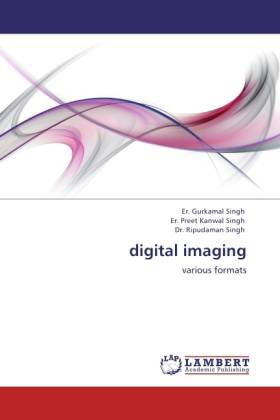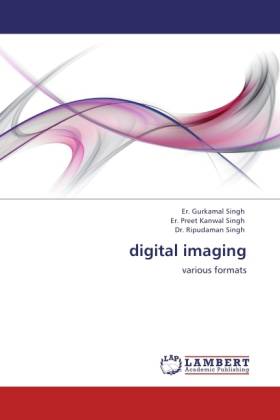
- Afhalen na 1 uur in een winkel met voorraad
- Gratis thuislevering in België vanaf € 30
- Ruim aanbod met 7 miljoen producten
- Afhalen na 1 uur in een winkel met voorraad
- Gratis thuislevering in België vanaf € 30
- Ruim aanbod met 7 miljoen producten
Zoeken
digital imaging
various formats
Er. Gurkamal Singh, Er. Preet Kanwal Singh, Ripudaman Singh
Paperback | Engels
€ 68,45
+ 136 punten
Omschrijving
In most computer displays, the screen image is composed of discrete units called pixels. Each pixel occupies a small rectangular region on the screen and displays one color at a time. The pixels are arranged so that they form a 2-dimensional array. Objects are drawn on the screen by adjusting the color of individual pixels. An ideal triangle and one broken down into pixels. The pixel representation has jagged edges and is not very pleasing to the eyes. The more densely pixels are packed on a display device, the less noticeable the jagged edges become. Images of different formats are generated, edited and transmitted on a very regular basis in a vast number of systems today. The BMP format is the native format for the Windows World and vast majority of windows-based applications support this format whereas JPEG is one of the most widely used format. But a BMP image is quite large and voluminous. It becomes cumbersome to move it around in bandwidth constrained systems or where bandwidth is to be conserved for cost purposes such as the World Wide Web
Specificaties
Betrokkenen
- Auteur(s):
- Uitgeverij:
Inhoud
- Aantal bladzijden:
- 64
- Taal:
- Engels
Eigenschappen
- Productcode (EAN):
- 9783845479903
- Verschijningsdatum:
- 8/09/2011
- Uitvoering:
- Paperback
- Afmetingen:
- 152 mm x 229 mm
- Gewicht:
- 104 g

Alleen bij Standaard Boekhandel
+ 136 punten op je klantenkaart van Standaard Boekhandel
Beoordelingen
We publiceren alleen reviews die voldoen aan de voorwaarden voor reviews. Bekijk onze voorwaarden voor reviews.








